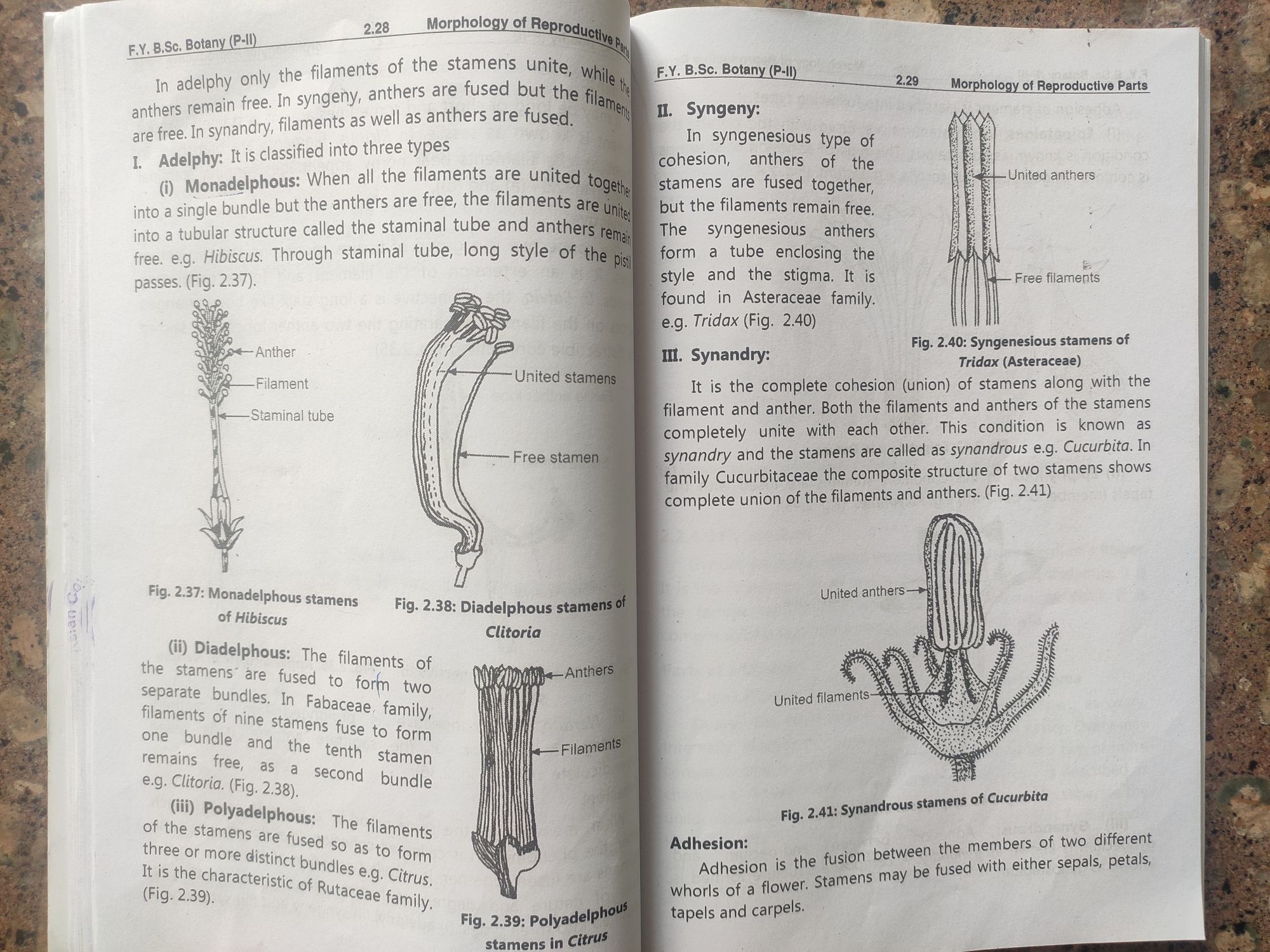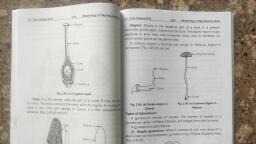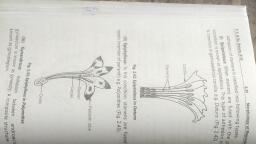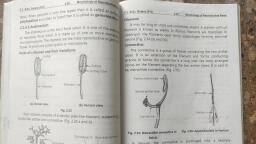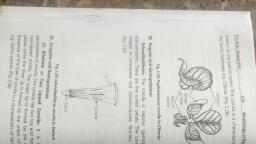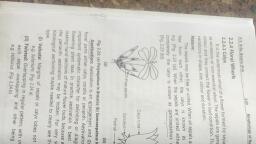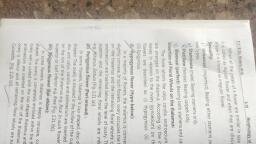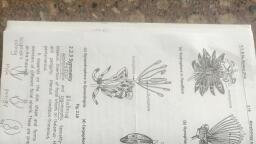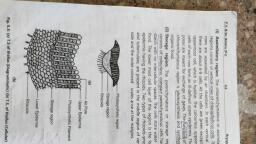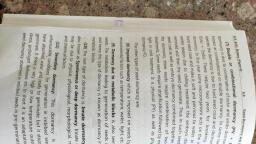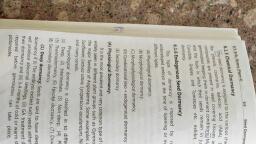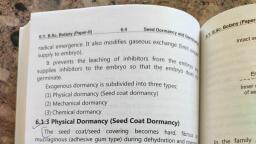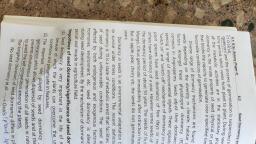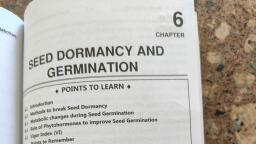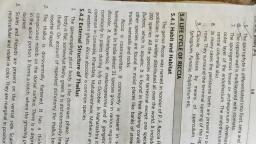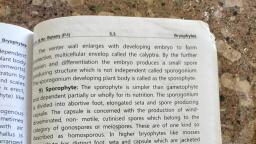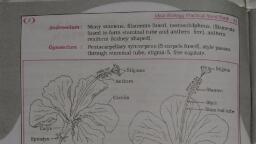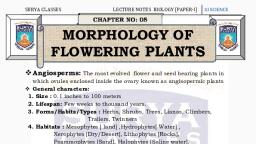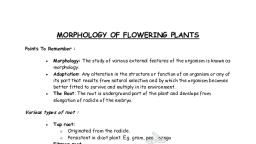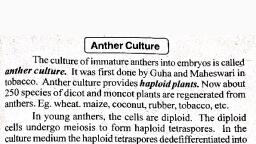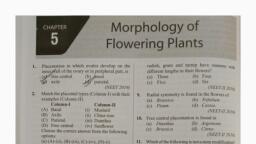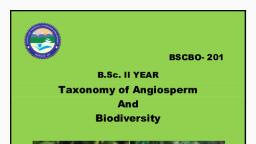Page 1 :
a. a 2.28 Morphology of Repro, FY. B.Sc. Bo - :, , F.Y. B.Sc. Botany (P-II, , Fo ee eH cicpolday or Risin, Ml. Syngeny:, , In syngenesious type of, ‘cohesion, anthers of the, stamens are fused together,, put the filaments remain free,, The syngenesious anthers, form a tube enclosing the, style and the stigma. It is, found in Asteraceae family., e.g. Tridax (Fig. 2.40), , In adelphy only the filaments of the stamens unite, anthers remain free. In syngeny, anthers are fused but the, are free. In synandry, filaments as well as anthers are fused, L Adelphy: It is classified into three types, , (i) Monadelphous: When all the filaments are unite, into a single bundle but the anthers are free, the filaments, into a tubular structure called the staminal tube and anth, free. e.g. Hibiscus. Through staminal tube, long style of, passes. (Fig. 2.37). :, , , , United anthers, , Free flaments, , , , Fig. 2.40: Syngenesious stamens of, Tridax (Asteraceae), , It is the complete cohesion (union) of stamens along with the, filament and anther. Both the filaments and anthers of the stamens, completely unite with each other. This condition is known as, synandry and the stamens are called as synandrous e.g. Cucurbita. In, family Cucurbitaceae the composite structure of two stamens shows, ‘complete union of the filaments and anthers. (Fig. 2.41), , Mil. Synandry:, , 9, , Qe ‘, N72 —Filament, , 4.<—_Staminal tube, , 1, h, A, , }, , a, Fig. 2.37: Monadelphous stamens, , of Hibiscus Fig. 2.38: Diadelphous stam, , (ii) Diadelphous:, the stamens: are, fused, separate bundles, In 2 mn ce, , The filaments of, , : as a, €.g. Clitorig, (Fig, 238) second bundle, , , , (iii) Polyade| es, Phous: The ¢ ig. 2.41: Synandrous stamens of Cucu, eee are fused My . filaments Adhesion: - i, It is th more distinct bund} cae form . e -< the fusion between the members of two different, 1S the characteristic of Ri 5&9. Citrus Adhesion is the >" Saree fused with either sepals, petals,, (Fig. 2.39). Utaceae famil Whorls of a flower. Stame, , Fig, 2.39: Polya tapels and carpels
